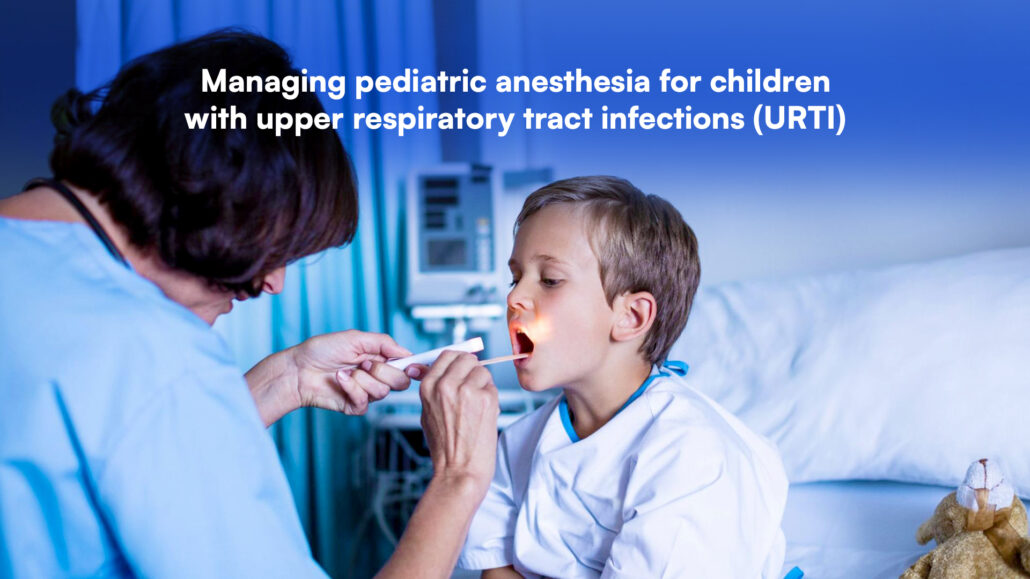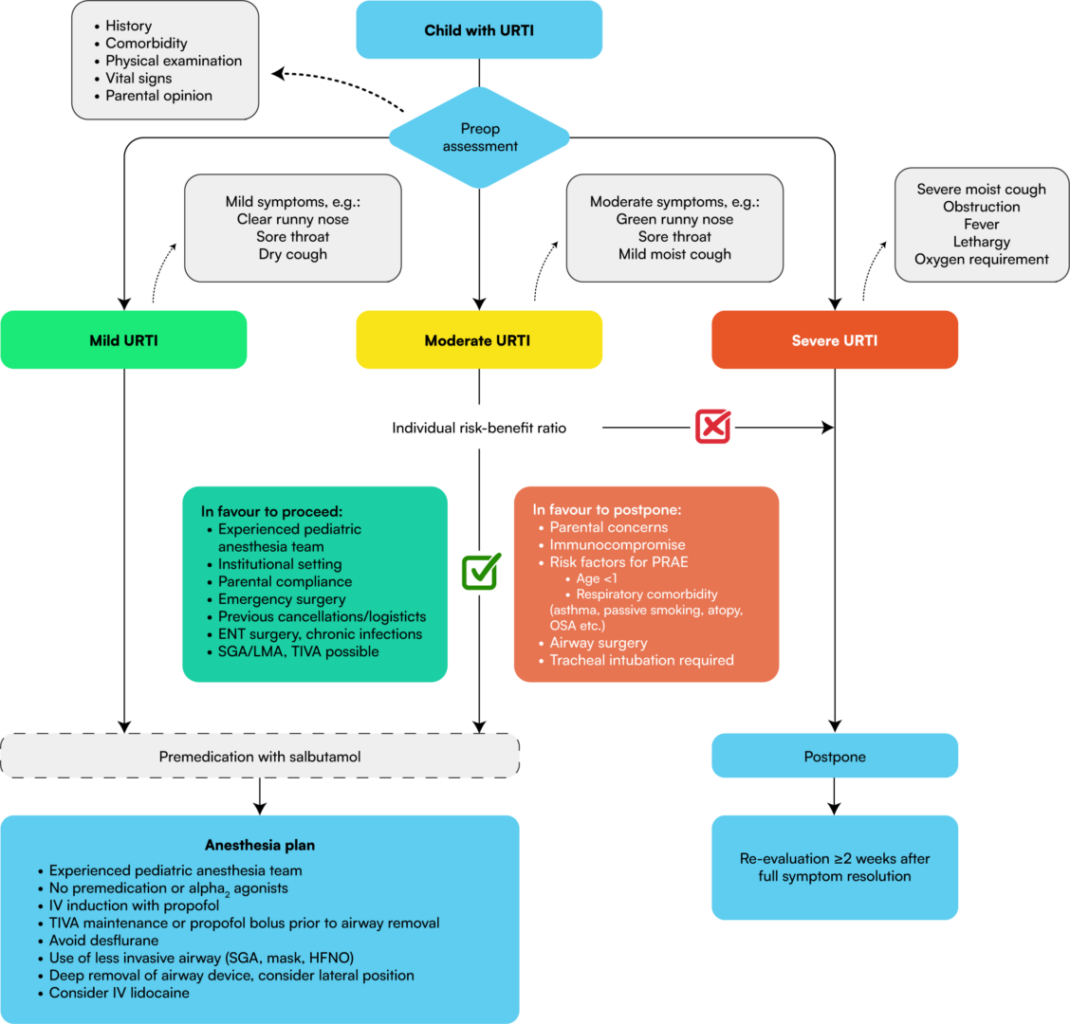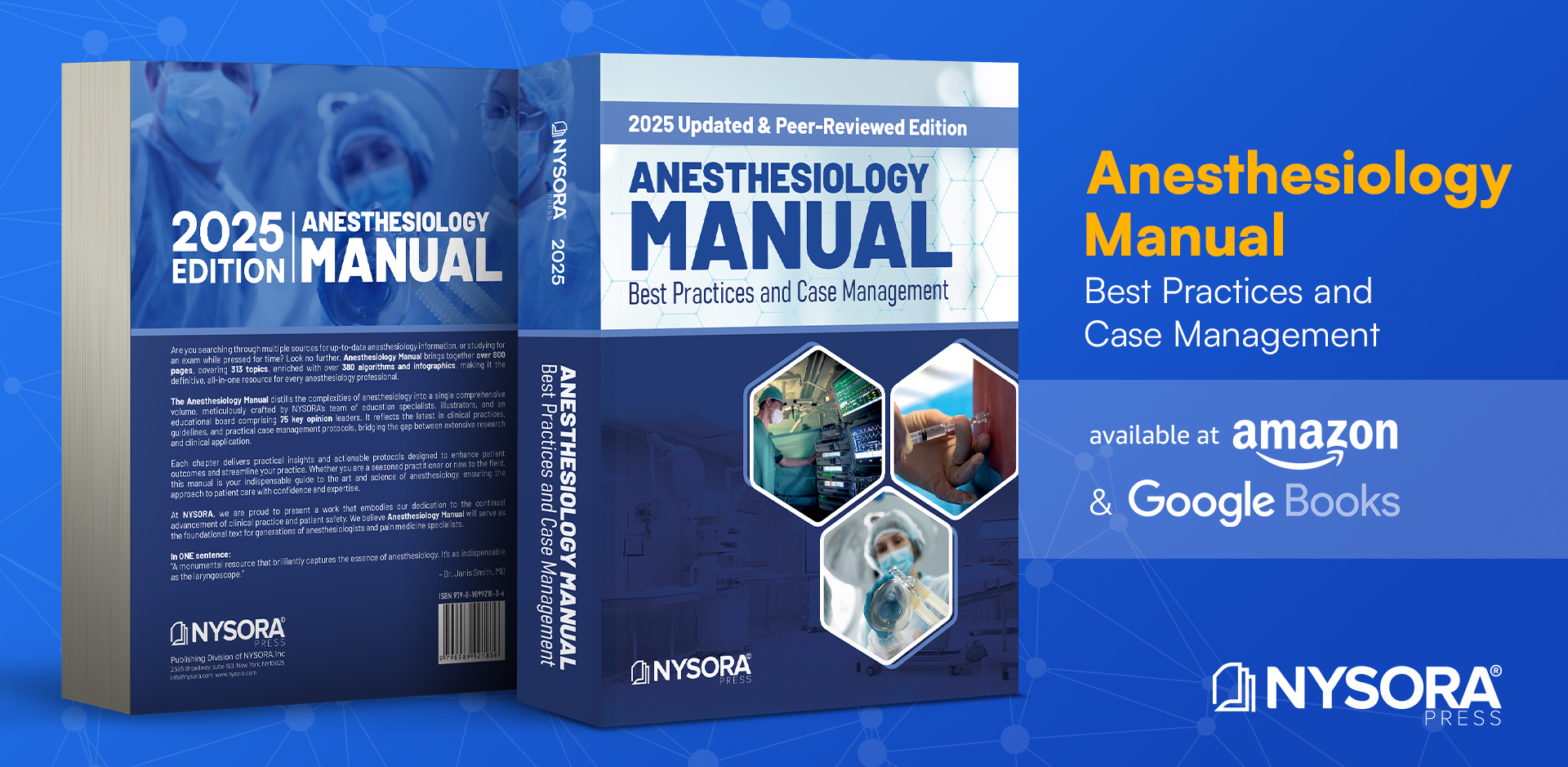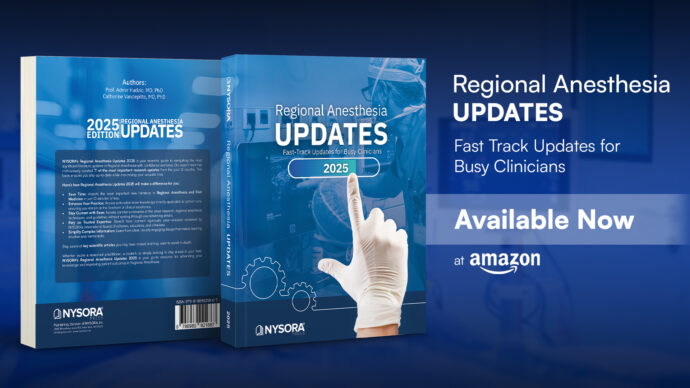
Managing pediatric anesthesia for children with upper respiratory tract infections (URTI)
Upper respiratory tract infections (URTI) are common in children and pose significant challenges during perioperative management. A recent focused review by Stepanovic et al. 2024 outlines the latest evidence and strategies to ensure safe anesthesia practices for children with URTI, including those recovering from COVID-19.
Understanding the risks
- Increased adverse events:
- Children with current or recent URTI have a 2-3 times higher risk of respiratory complications like laryngospasm, bronchospasm, and desaturation during surgery.
- These complications can lead to prolonged oxygen therapy, unintended ICU admissions, or even premature termination of surgeries.
- Patient-specific risks:
- Children under 2 years of age or with conditions like asthma, sleep apnea, or respiratory tract infections within the last two weeks are particularly vulnerable.
- Fever, wheezing, moist cough, and lethargy signal severe URTI and necessitate surgery postponement.
Key factors to consider
- Timing of surgery:
- Elective surgeries should ideally be deferred for at least two weeks after URTI symptoms resolve.
- Severe cases, such as high fever or green nasal discharge, may require up to four weeks for airway recovery.
- Choice of airway device:
- Supraglottic airway devices are associated with lower risks compared to tracheal tubes.
- Tracheal tubes are often reserved for situations requiring more secure airways due to their higher complication rate in children with URTI.
- Anesthesia techniques:
- Total intravenous anesthesia (TIVA) using propofol is recommended due to its bronchodilatory effects and reduced risk of airway hyperreactivity.
- Avoid desflurane as it is linked to increased airway reactivity.
- Risk mitigation strategies:
- Preoperative administration of salbutamol or alpha-2 agonists like dexmedetomidine can reduce bronchospasm.
- Deep extubation techniques may reduce airway stimulation and associated complications but require experienced staff for safe implementation.
Decision-making framework
- Risk stratification:
- Tools like the COLDs score help standardize the risk profile for children with URTI.
- Scores over 10 suggest higher risks, necessitating careful planning and possibly delaying surgery.
- Parental and contextual factors:
- Consider logistical challenges, such as travel from remote locations, and consult with families to make informed, collaborative decisions.

Perioperative decision-making matrix for a child with upper respiratory tract infection. ENT, ear nose throat; HFNO, high flow nasal oxygenation; LMA, laryngeal mask; OSA, obstructive sleep apnoea; PRAE, perioperative respiratory adverse events; SGA, supraglottic airway; TIVA, total intravenous anesthesia.
COVID-19 considerations
- COVID-19 presents similar risks to URTI, with symptomatic cases requiring stricter precautions.
- Surgery can proceed using standard URTI protocols for mild COVID-19, but severe cases warrant deferral to mitigate risks.
Conclusion
Children with URTI undergoing anesthesia require tailored approaches to minimize perioperative respiratory complications. Evidence-based strategies, from preoperative assessments to specific anesthetic techniques, are critical in enhancing safety. Collaboration among pediatric anesthetists, surgeons, and families ensures optimal outcomes while balancing the risks of deferring surgery.
For more detailed information, refer to the full article in the British Journal of Anaesthesia.
Stepanovic B, Regli A, Becke-Jakob K, von Ungern-Sternberg BS. Preoperative preparation of children with upper respiratory tract infection: a focussed narrative review. Br J Anaesth. 2024 Dec;133(6):1212-1221.
Explore this topic in our Anesthesiology Manual: Best Practices & Case Management for more information on pediatric URTI. Don’t miss out—get your copy on Amazon or Google Books.




